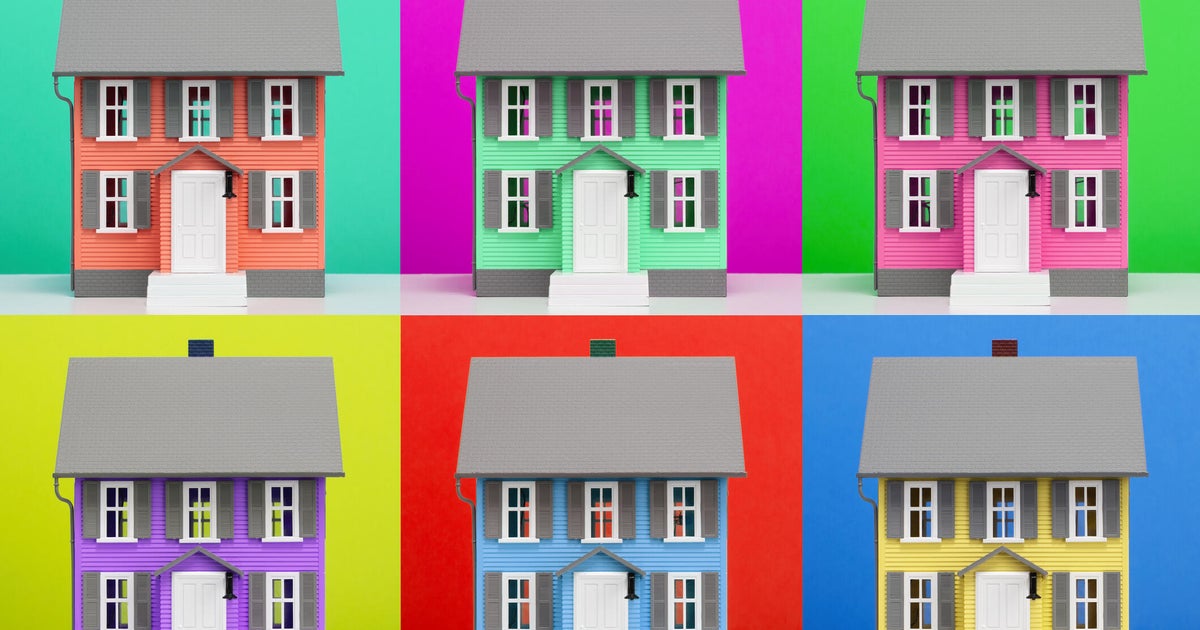Rising fuel prices and corporate profits — not wages — are chiefly to blame for inflation
With U.S. inflation surging at the fastest pace in 40 years, many companies are blaming higher prices on having to hike wages for their workers, including Amazon, Starbucks and Chipotle.
Consumers are getting the message. As one reader of the Fort Worth Star-Telegram wrote to the editor: "You wanted higher wages, products made in America? Then you better accept inflation," she said. "You asked for an increase in minimum wages. Which led to an overall increase in pay. That increase has been passed on to consumers."
But while corporations may point fingers at rising pay, economic data show wages are far from the main driver of inflation. The prices growing fastest today — cars, fuel, housing and furniture — point away from wages and toward other explanations, such as goods shortages or companies padding their profit margins. More broadly, it has long been clear that the relationship between what workers earn and what consumers pay has been tenuous at best.
Inflation highest in labor-light sectors
If higher worker pay was truly the main driver of prices, it follows that more labor-intensive service sectors of the economy would be seeing the largest jump in consumer prices. Yet the inflation picture today shows the exact opposite: Price increases for goods are outstripping services by a factor of three.
"Goods prices are the main driver of inflation," Julia Pollak, labor economist at ZipRecruiter, told CBS MoneyWatch. "Wages so far have not been the main driver of inflation at all. Inflation was higher at first in less labor-intensive industries."
The most labor-intensive items tracked by the Consumer Price Index — eating out and personal services, a category that includes barbershops and beauty salons — have grown 6.2% and 4.7% from a year ago, respectively.
"Both of those numbers are still below the average inflation rate of 7.5%, and there are other categories that are seeing much higher price increases — gasoline prices, housing, furniture," said Daniel MacDonald, economics chair at California State University at San Bernardino. "The reason those prices are going up is not because wages are going up for producing oil in the U.S. It's about oil markets, housing markets."
Why gas prices have surged
The price of energy has soared since last year, with natural gas, heating oil and gasoline all up sharply. That's adding about 2 percentage points to overall inflation, said Ryan Sweet, senior director of economic research at Moody's Analytics.
"Higher energy prices are directly observable in the CPI for utilities, electricity, gasoline, heating oil, but then it also bleeds into other prices you and I pay. Businesses have to transport their goods, and they'll try to pass higher transport costs onto you and I," he said.
1960s economics in a 2020s world
The belief that worker wages and consumer prices are inextricably linked and that raising one immediately leads to a dreaded "wage-price spiral" of ever-increasing costs is a legacy of the mid-20th century, when the U.S. economy looked vastly different. Major business sectors were regulated, a third of the workforce was unionized, globalization had not yet taken hold and companies weren't permitted to repurchase their own stock.
In such an economy, workers were able to bargain for more pay, and the costs of labor rose in tandem with the costs of other inputs, explained Josh Bivens, research director of the left-leaning Economic Policy Institute.
Since the late 1980s, however, the link between labor costs and other costs has been severed.
"It's not that workers wouldn't like to be able to achieve higher wages in response to rising price pressures, but instead a number of developments—most driven by intentional policy decisions—have sapped workers' bargaining power in the labor market for decades," Bivens wrote last month.
"The relationship between wages and inflation is almost impossible to find," added Jonathan Millar, an analyst at Barclays. "The link tends to be much weaker than a layperson might think. It turns out that even during this pandemic, it's not true that prices have actually kept pace with wages."
Normally, the lack of a wage-inflation relationship benefited consumers. Broad-based pay hikes, like minimum wage increases, didn't translate into higher prices. California State University's MacDonald, who coauthored a 2016 study on minimum-wage increases, found that a pay increase of 10% would lead to only a 0.4% increase in consumer prices.
"We're talking about the cost of a $5 cheeseburger going to $5.04 — it's very, very low," he said.
The problem is that cheeseburgers, like gas, happen to be a category where minor price increases are salient for shoppers.
"There are certain goods and services that are very noticeable to consumers, and they notice when those prices go up. The price of things at McDonalds or Chipotle — people tend to internalize that pretty fast," said Barclays' Millar.
So what's really pushing up prices?
If wages aren't the primary reason prices have soared, why are consumers paying more for everything from food to rent? One key factor that companies tend not to publicize: higher corporate profits.
Over the past year, despite the extreme economic upheaval of the pandemic, after-tax corporate profits have soared to record levels as a share of economic output, according to the U.S. Commerce Department.
"Higher prices mean somebody is collecting more income. Over the past year, it has been employers in sectors where supply has been impaired — shipping companies, oil producers and food wholesalers, for example — who are collecting the extra revenue coming in through higher prices," Bivens wrote.
Some corporate leaders have been blunt about their plans to pass companies' higher supply-chain prices to consumers. For example, consumer goods giants Colgate-Palmolive, Procter & Gamble and Unilever have been able to raise prices without losing sales. Nearly two-thirds of publicly traded companies report fatter profit margins than before the pandemic, according to the Wall Street Journal.
Meanwhile, surveys from Salary.com and the Conference Board show that corporations are planning on pay increases of 3% to 3.9% in the coming year — barely half the current rate of inflation.
"Many companies we've spoken to have seen their overall payrolls barely budge at all," ZipRecruiter's Pollak said. Because of pandemic retirements, "They've lost their most experienced, highest paid people and replaced them with a younger cohort."
And even when companies raise salaries substantially, they may still come out ahead if they get more labor value out of that person. "The productivity increase we're seeing with more work from home means that [labor] unit costs can stay pretty stable," Pollak said.
So for now at least, higher pay isn't likely to be cutting into those higher profits.





